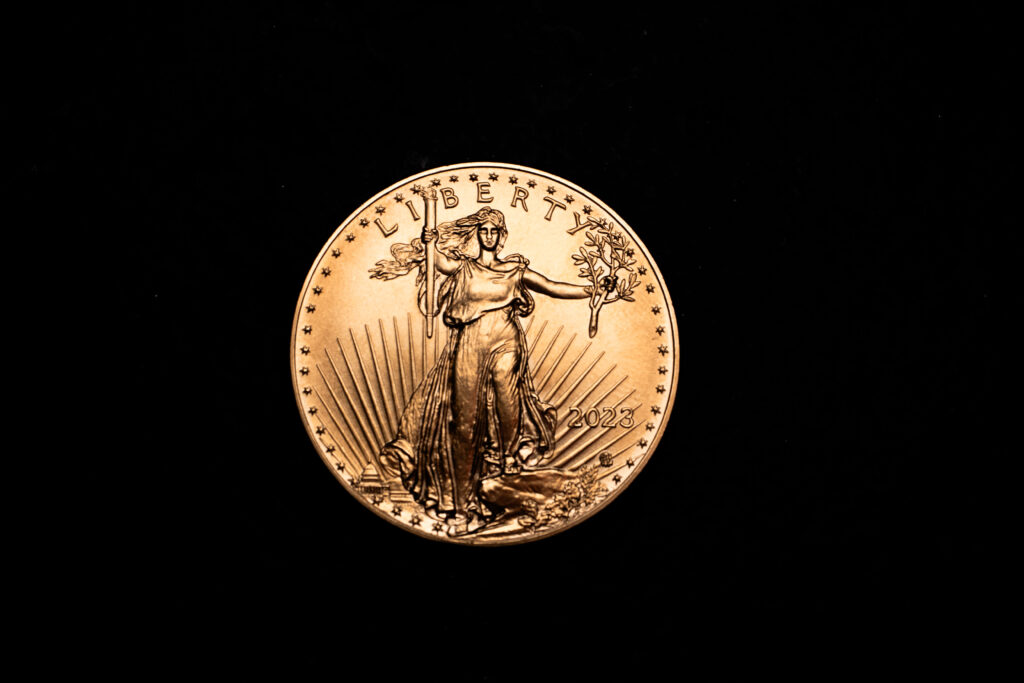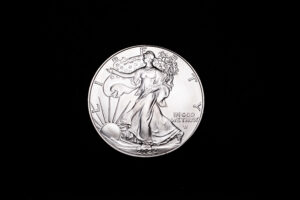What gold and silver to buy?
Gold and Silver can offer diversification and protection against economic uncertainty. Gold and Silver is an insurance policy against the US dollar. It is often sought after for its stability and hedge against inflation, making options like gold bullion coins or bars attractive for investors. Silver, with its dual role as a precious metal and industrial commodity, can provide potential for higher returns during economic expansions. Consider factors like purity, Premiums, liquidity, storage costs, and market conditions when choosing between physical metals, exchange-traded funds (ETFs), or mining stocks. It’s crucial to conduct thorough research and consult with financial experts to make informed decisions tailored to your goals.


When considering investing in gold and silver, it’s essential to understand the various options available and factors that can influence your decision. Here’s a comprehensive guide to help you navigate your choices:
Spot Price: What is Spot Price and Premiums?
The gold and silver spot price refers to the current market value per ounce of each respective precious metal, while the premiums represent the additional cost above the spot price that buyers pay for acquiring physical gold and silver products such as coins or bars.
Gold:
Physical Gold:
- Gold Bullion: These are bars or coins typically produced by government mints or reputable private mints. They come in various sizes and purities, with larger bars generally offering lower premiums per ounce.
- Gold Coins: Sovereign coins like the American Eagle, Canadian Maple Leaf, or South African Krugerrand are popular choices. They are often more accessible for small investors and carry numismatic value in addition to their intrinsic metal value.
Exchange-Traded Funds (ETFs):
- Gold ETFs: These funds aim to track the price of gold and are traded on stock exchanges. They provide exposure to gold prices without the need for physical ownership. Examples include SPDR Gold Shares (GLD) and iShares Gold Trust (IAU).
Gold Futures and Options:
- Futures Contracts: These involve agreements to buy or sell gold at a predetermined price on a future date. Futures trading requires understanding market dynamics and can be more suitable for experienced investors.
- Options Contracts: Options provide the right, but not the obligation, to buy or sell gold at a specific price within a set timeframe. They can offer leverage but also carry higher risks.
Gold Mining Stocks:
- Individual Companies: Investing in shares of gold mining companies allows you to gain exposure to gold prices as well as company-specific factors such as production costs, management efficiency, and exploration success.
- Gold Mining ETFs: ETFs like VanEck Vectors Gold Miners ETF (GDX) or iShares MSCI Global Gold Miners ETF (RING) offer diversified exposure to multiple gold mining companies.
Silver:
Physical Silver:
- Silver Bullion: Similar to gold bullion, silver bars and coins are available in various sizes and purities. Popular choices include 1-ounce silver rounds or government-minted coins like the American Silver Eagle or Canadian Silver Maple Leaf.
- Junk Silver: Pre-1965 circulated U.S. coins containing 90% silver, such as dimes, quarters, and half dollars, offer fractional silver ownership and historical value.
Silver ETFs:
- Silver ETFs: Funds like iShares Silver Trust (SLV) or Aberdeen Standard Physical Silver Shares ETF (SIVR) provide exposure to silver prices through ownership of physical silver bullion stored in secure vaults.
Silver Futures and Options:
- Futures Contracts: Similar to gold futures, silver futures contracts allow investors to speculate on future silver prices or hedge against price fluctuations.
- Options Contracts: Options on silver futures provide additional flexibility for investors seeking to manage risk or leverage trading opportunities.
Silver Mining Stocks:
- Individual Companies: Investing in silver mining companies offers exposure to silver prices as well as operational factors like production costs, reserves, and geopolitical risks.
- Silver Mining ETFs: ETFs such as Global X Silver Miners ETF (SIL) or iShares MSCI Global Silver Miners ETF (SLVP) provide diversified exposure to multiple silver mining companies.
When deciding what gold and silver assets to buy, consider factors such as purity, liquidity, storage costs, counterparty risks, investment goals, and risk tolerance. Diversifying across different types of gold and silver investments can help mitigate specific risks associated with each asset class while potentially maximizing overall returns. It’s advisable to conduct thorough research, consult with financial advisors, and stay informed about market trends and economic indicators before making investment decisions.